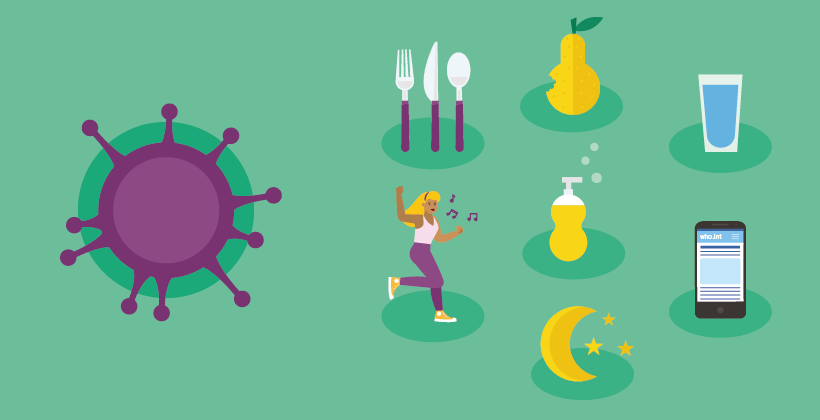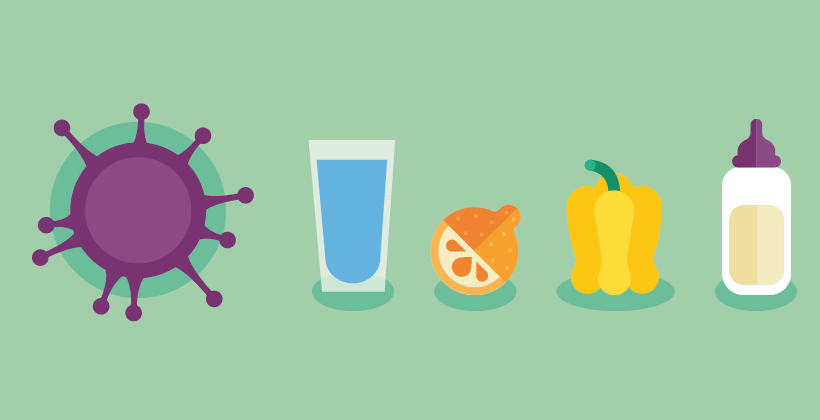10 tips to eat healthy during quarantine or isolation (COVID-19)
Last Updated : 09 April 2020Simply put, there are no foods that will ‘boost’ our immune system and prevent or treat COVID-19. However, eating a healthy balanced diet is still essential for good health and normal immune function. Therefore, following your country’s dietary guidelines is still the recommended way to meet your nutrient needs and keep you healthy during isolation. Here we will discuss the principles of healthy eating during quarantine. You may also be interested in 7 tips to keep healthy while in isolation or quarantine (COVID-19) and Food and coronavirus (COVID-19): what you need to know.
1. Eat plenty of fruits and vegetables
Fruits and vegetables are among the most important foods for supplying the vitamins, minerals and fibre our body needs for good health and normal immune function.
We should aim to eat at least 5 portions (equivalent to around 400g) of fruits and vegetables every day. Fresh, frozen, canned, dried and juiced (maximum 1 serving per day) versions all count as a portion.
As different coloured fruits and vegetables provide different combinations of vitamins, minerals and phytochemicals, make sure to add variety to your daily meals where possible.
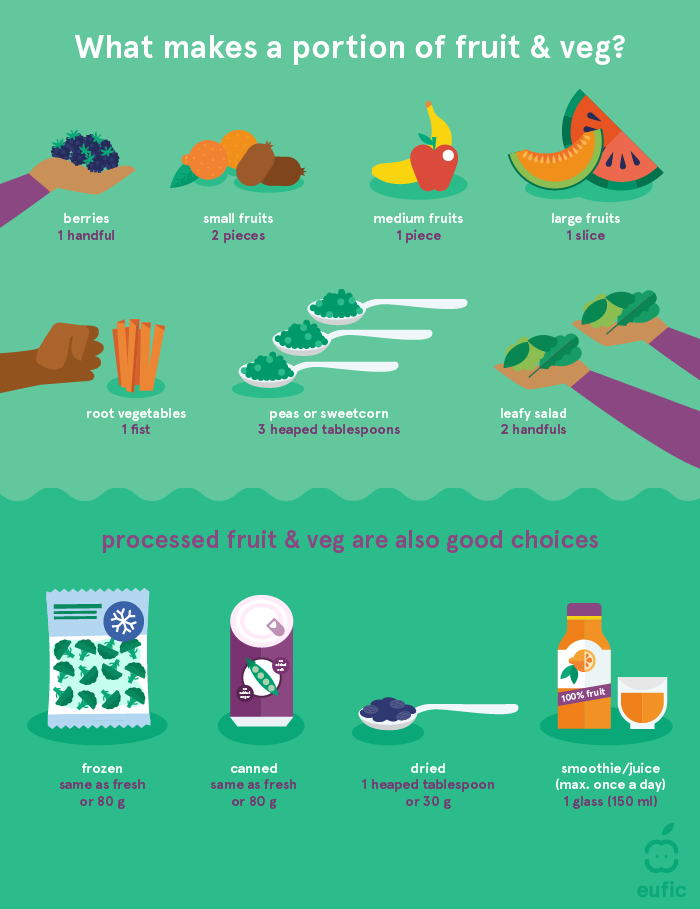
Figure 1. What makes a portion of fruit and vegetables?
2. Choose whole grains over refined grains
Whole grains, unlike refined grains, maintain most of the structure of the grain, keeping the layers that hold the vitamins, minerals and fibre. In addition, whole grains also provide an important source of carbohydrates which give us energy and can help us feel fuller for longer periods.
3. Replace saturated fats with unsaturated fats
Fats are an important part of a healthy diet. However, not all fats have the same effect on our health. Swapping saturated fats with unsaturated fats can help to lower our LDL (bad) cholesterol levels and reduce our risk of heart disease.1 We can do this by reducing our intake of foods such as fatty meats, high fat dairy products and tropical oils like coconut oil and adding foods such as nuts, oily fish and plant oils such as olive and rapeseed oil.
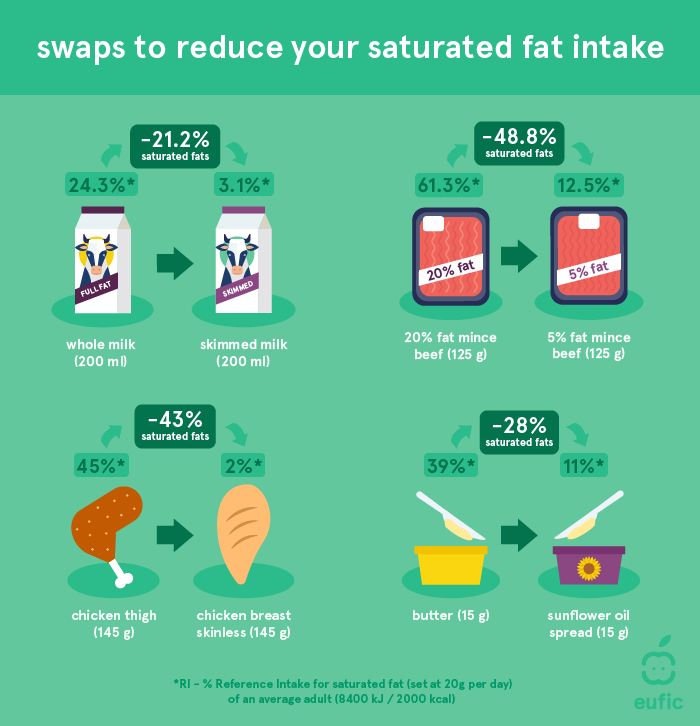
Figure 2. Simple food swaps to help reduce your saturated fat intake.
4. Limit foods and drinks high in fat, sugar and salt
Foods and drinks high in fat, sugar and salt such as cookies, potato chips, chocolate and sugary drinks, when eaten in high amounts can lead us to consume more calories than we need. As these foods often provide little nutritional benefit, they are not needed for a healthy diet and should only be enjoyed in small amounts and eaten occasionally.
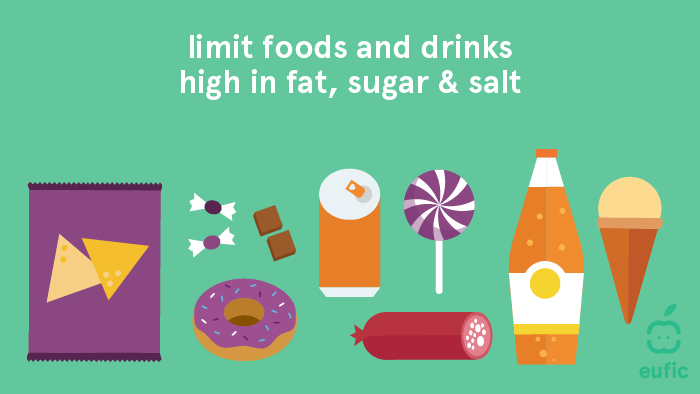
Figure 3. Limit foods high in fat, sugar and salt.
5. Control portion sizes
It can be difficult to get portion sizes right, especially when cooking at home. Understanding what the right portion looks like can help us stay in energy balance and avoid under- or overeating. Not all foods have the same portion sizes. See our “handy” tricks to portion sizes to get a better understanding of what a healthy portion is for different foods. Remember, children’s portions should be smaller!
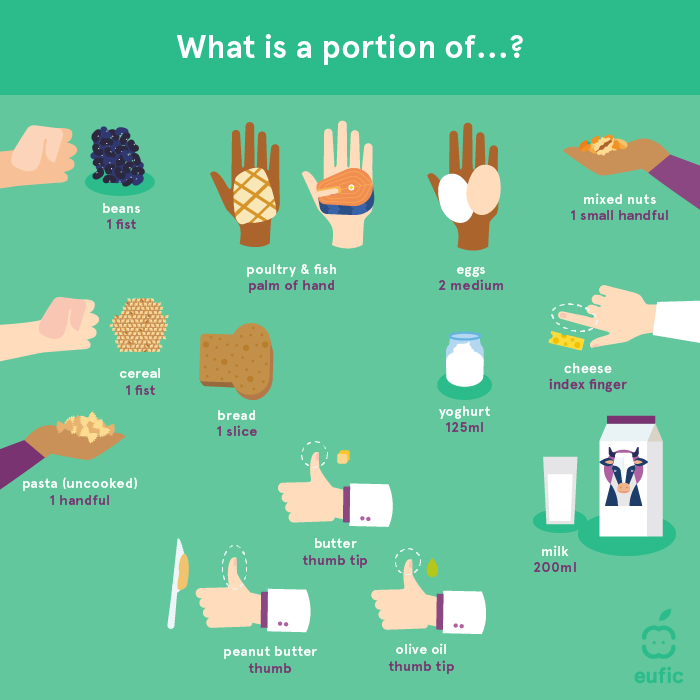
Figure 4. What is a portion of…?
6. Choose both animal and plant-based proteins
Protein is essential for the healthy functioning of our body and immune system. We can get protein from both animal- and plant-based sources, such as beans, pulses, fish, eggs, dairy products and meats. Our protein requirement changes depending on our stage of life. Adults are recommended to eat at least 0.83 g of protein per kg body weight per day, equivalent to 58 g/day for a 70 kg adult.2 We should choose protein-rich foods that not only help us meet our needs but also support a healthy and sustainable diet.
In case of limited access to fresh meat and fish, frozen and canned versions can provide convenient and nutritious alternatives. However, as the fat and salt content can be high in some canned meats and fish it is important to check the label and choose lower fat and salt varieties. Plant-based proteins such as pulses, cereals, nuts and seeds also have a long shelf-life and can provide convenient protein-rich and nutritious meals or snacks.
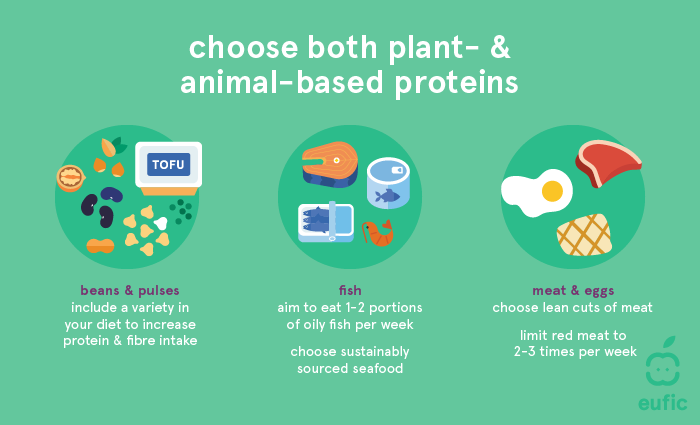
Figure 5. Types of plant and animal-based proteins.
7. Stay hydrated
Keeping hydrated is essential for overall health. How much water we need depends on our age, sex, weight, height, level of physical activity and environmental conditions (i.e. hot weather will likely require you to drink more water). Considering that around 20-30% of the water we need comes from our food, the European Food Safety Authority has set average recommendations for how much water we should drink per day depending on our age (figure 6).3
If you have access to safe tap water, this is the healthiest and cheapest drink. For a refreshing boost, you can add slices of lemon, cucumber, mint or berries. Other drinks such as unsweetened coffee, sparkling water, unsweetened tea, iced tea or unsweetened infused or flavoured water are also good choices for hydration.
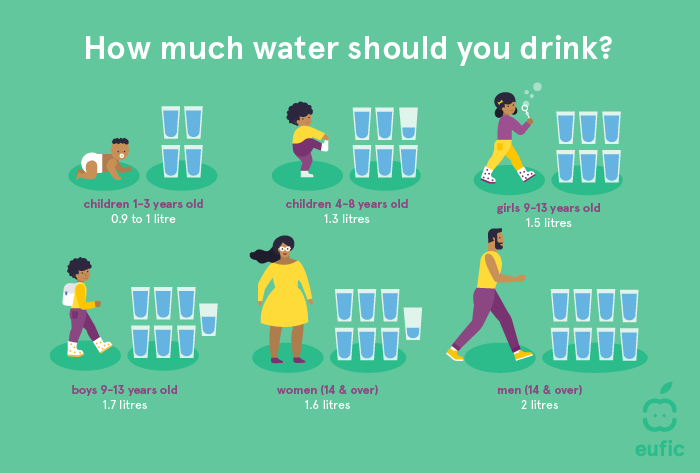
Figure 6. Water recommendation for different age groups set by EFSA.3
8. Get your dose of vitamin D in isolation
The sun is the best source of vitamin D, however, during quarantine or self-isolation it may be more difficult to get enough sun exposure to meet our needs. Therefore, it is recommended that individuals who are unable to go outside eat plenty of vitamin D rich foods (figure 7) and consider taking a daily vitamin D supplement. The recommended vitamin D intake for different age groups are:4
- 15 µg/day for adults (18+ years), children (1 – 17 years) and pregnant individuals
- 10 µg/day for infants (7 – 11 months)
- 10 µg/day for breastfeed infants (0 – 7 months)
If you are in self-isolation and have access to an open window, garden or balcony, then short periods (15-30 minutes) of daily sun exposure to the arms and face without sunscreen can help you meet your daily vitamin D needs. However, we should not forget that for good sun protection we should avoid unprotected sun exposure for more than 30 minutes.
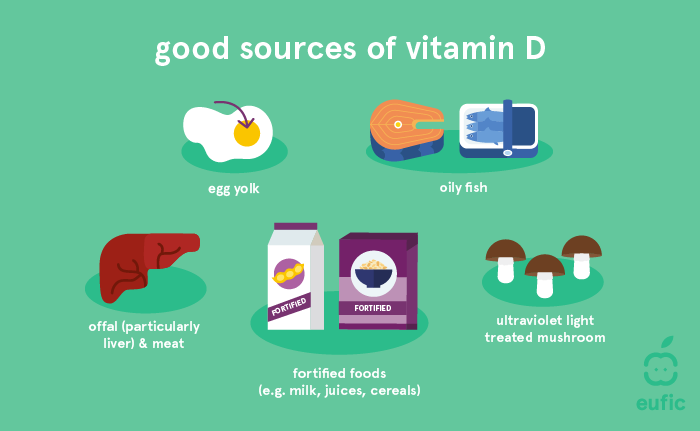
Figure 7. Good food sources of vitamin D.
9. Stay safe while food shopping
Grocery stores remain open during the COVID 19 pandemic and there is no need to stockpile foods as the supply of food to stores remains stable.
The risk of contracting COVID-19 from touching contaminated food packaging is very low and this form of infection has not been reported. In stores, the biggest risk of contamination remains contact with other people and ‘high-touch’ surfaces such as weighing scales, shopping-cart handles or elevator buttons, although many stores are taking measures to sanitize these surfaces. Therefore, we should, keep the appropriate distance from other people, avoid touching our faces while out shopping, and wash our hands both after returning home from the shop and after handling newly purchased food packaging. By following these hygiene measures there is no need to disinfect food packaging themselves.
In general, to try and minimise our risk of infection we should take the following measures when food shopping:
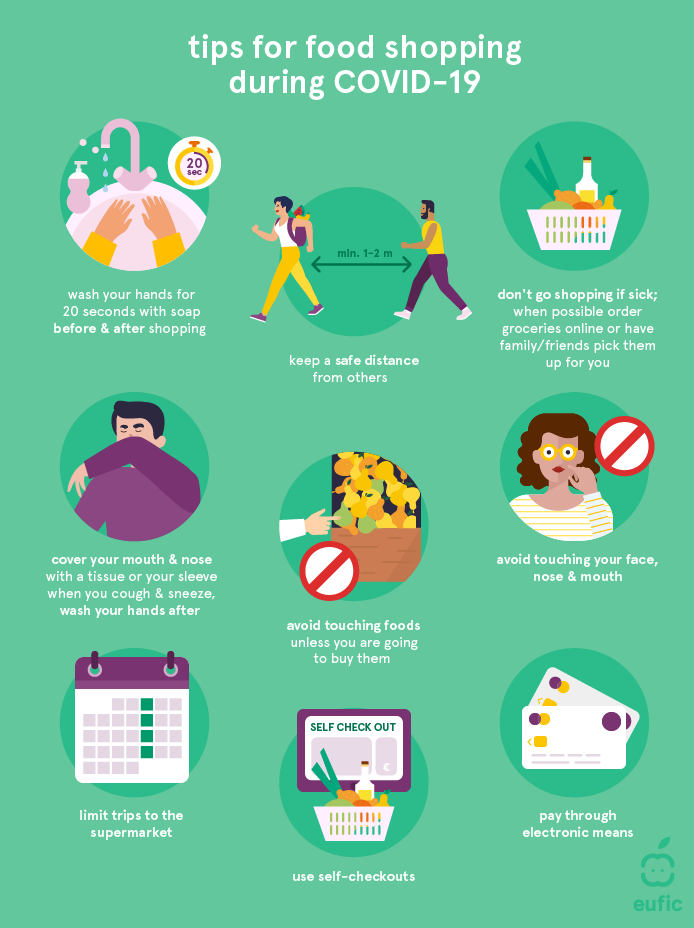
Figure 8. Tips for food shopping during COVID-19
10. Don’t forget about food safety
According to EFSA, there is currently no evidence that COVID-19 is transmitted through eating food. However, good food safety practices are important to minimise the risk of foodborne illnesses.
When handing or preparing food, make sure to:
- Wash your hands for 20 seconds with soap before and after preparing or eating food
- Cover your mouth and nose with a tissue or your sleeve when you cough or sneeze and remember to wash your hands after
- Wash fruits and vegetables with water before eating them
- Disinfect surfaces and objects before and after use
- Keep raw and cooked foods separate to avoid harmful microbes from raw foods spreading to ready-to-eat foods
- Make sure to cook and reheat foods to adequate temperatures (≥72°C for 2 mins)
Other useful sources
For more general information on COVID-19:
- World Health Organization (WHO) - Q&A on coronaviruses (COVID-19)
- European Centre for Disease Prevention and Control (ECDC) – Q&A on COVID-19
For more information on COVID-19 and nutrition:
- British Dietetics Association - COVID-19 / Coronavirus - Advice for the General Public
- WHO European Region - Food and nutrition tips during self-quarantine
- NNEdPro Global Centre for Nutrition and Health – COVID19: Nutrition Resources
For more information on self-isolation and mental health:
For more information on COVID-19 and risk of transmission via food:
For more information on the impact of COVID-19 on the food and agricultural industry:
For more information on the Myths around COVID-19:
- World Health Organization (WHO) - Coronavirus disease (COVID-19) advice for the public: Myth busters
References
- World Health Organisation (WHO)., 2018. Draft Guidelines: Saturated fatty acid and trans-fatty acid intake for adults and children.
- European Food Safety Authority, (EFSA) (2012). Scientific Opinion on Dietary Reference Values for protein. EFSA Journal; 10(2):2557
- European Food Safety Authority (EFSA) (2010). Scientific Opinion on Dietary Reference Values for water. EFSA Journal; 8(3):1459.
- European Food Safety Authority, (EFSA) (2016). Scientific Opinion on Dietary Reference Values for vitamin D. EFSA Journal; 14(10):4547
